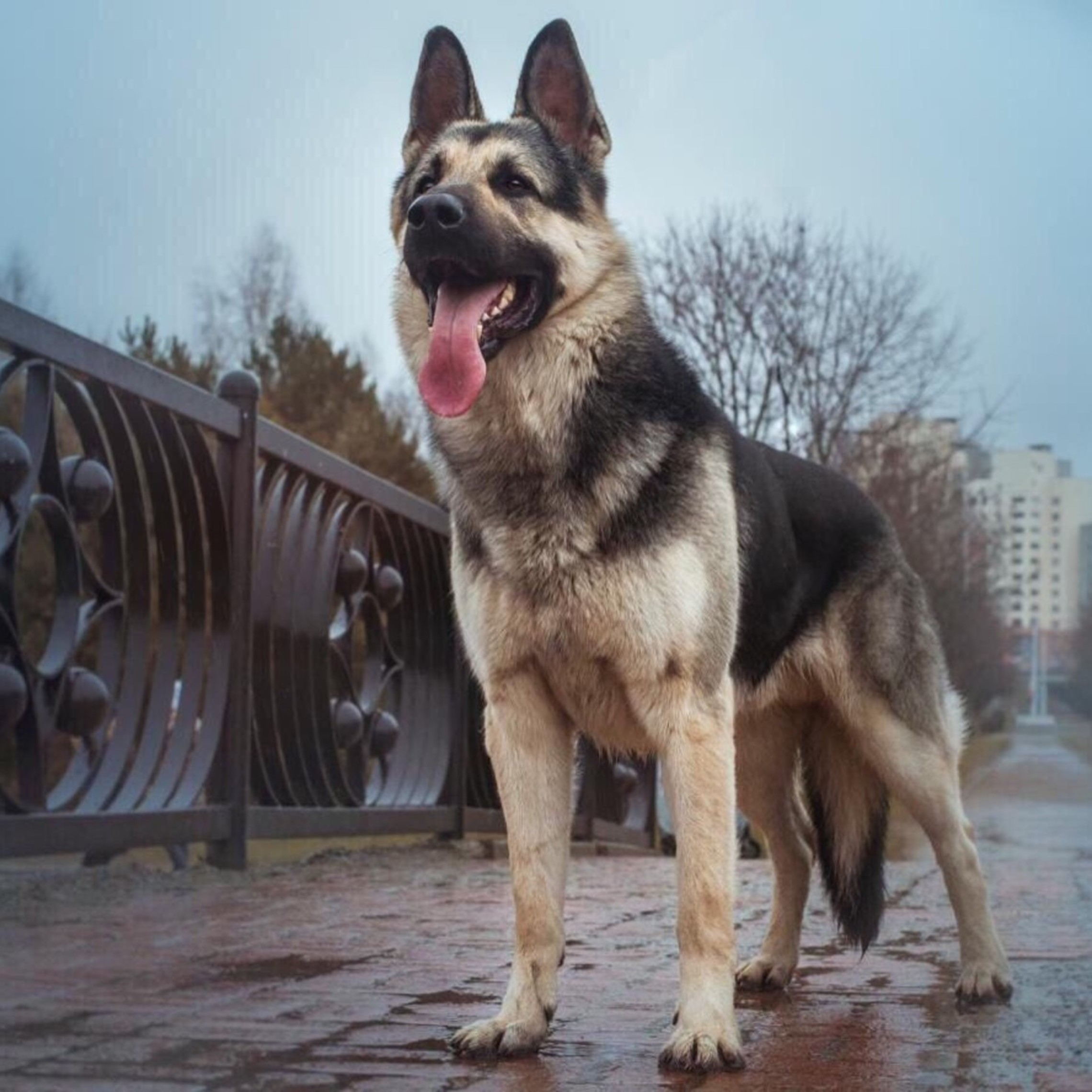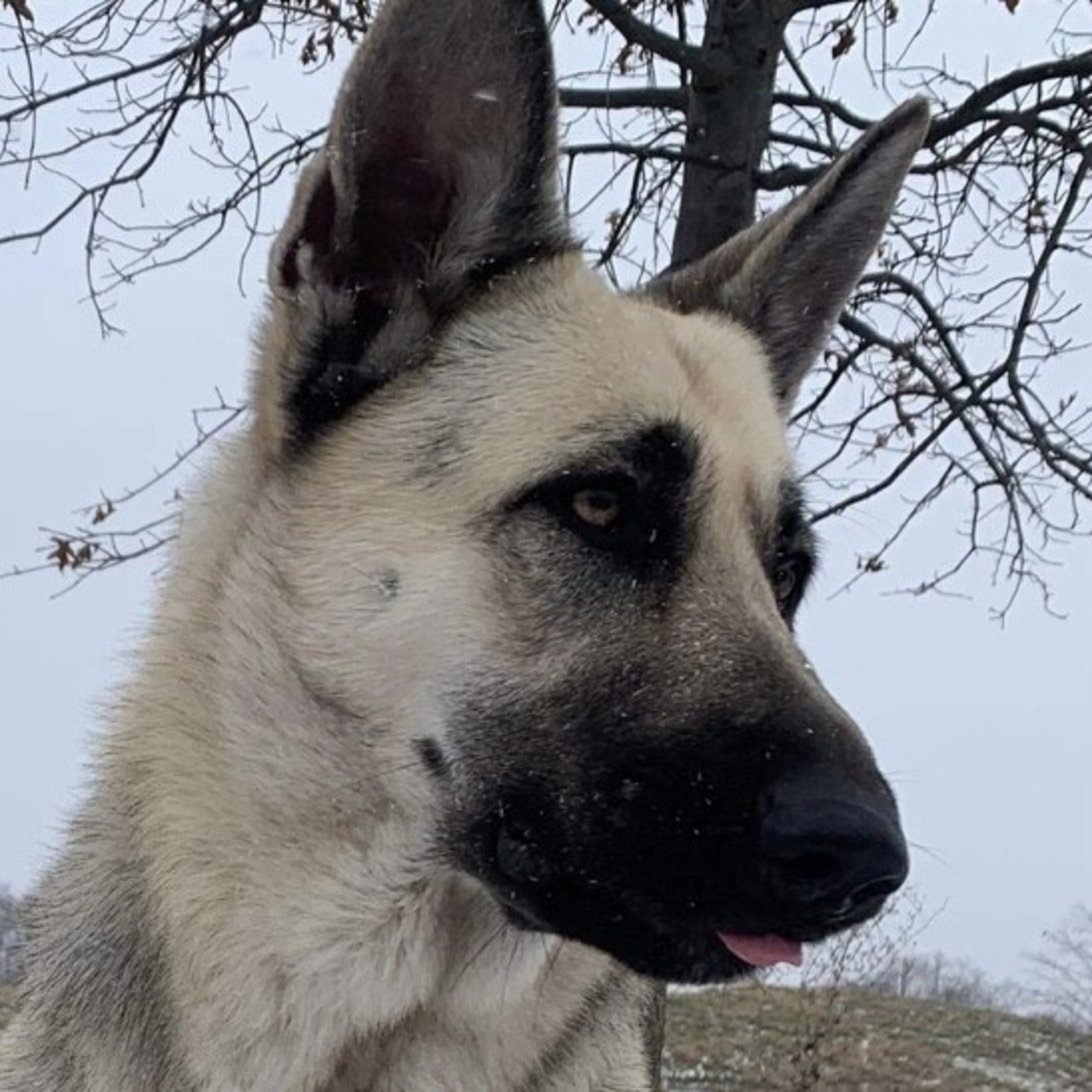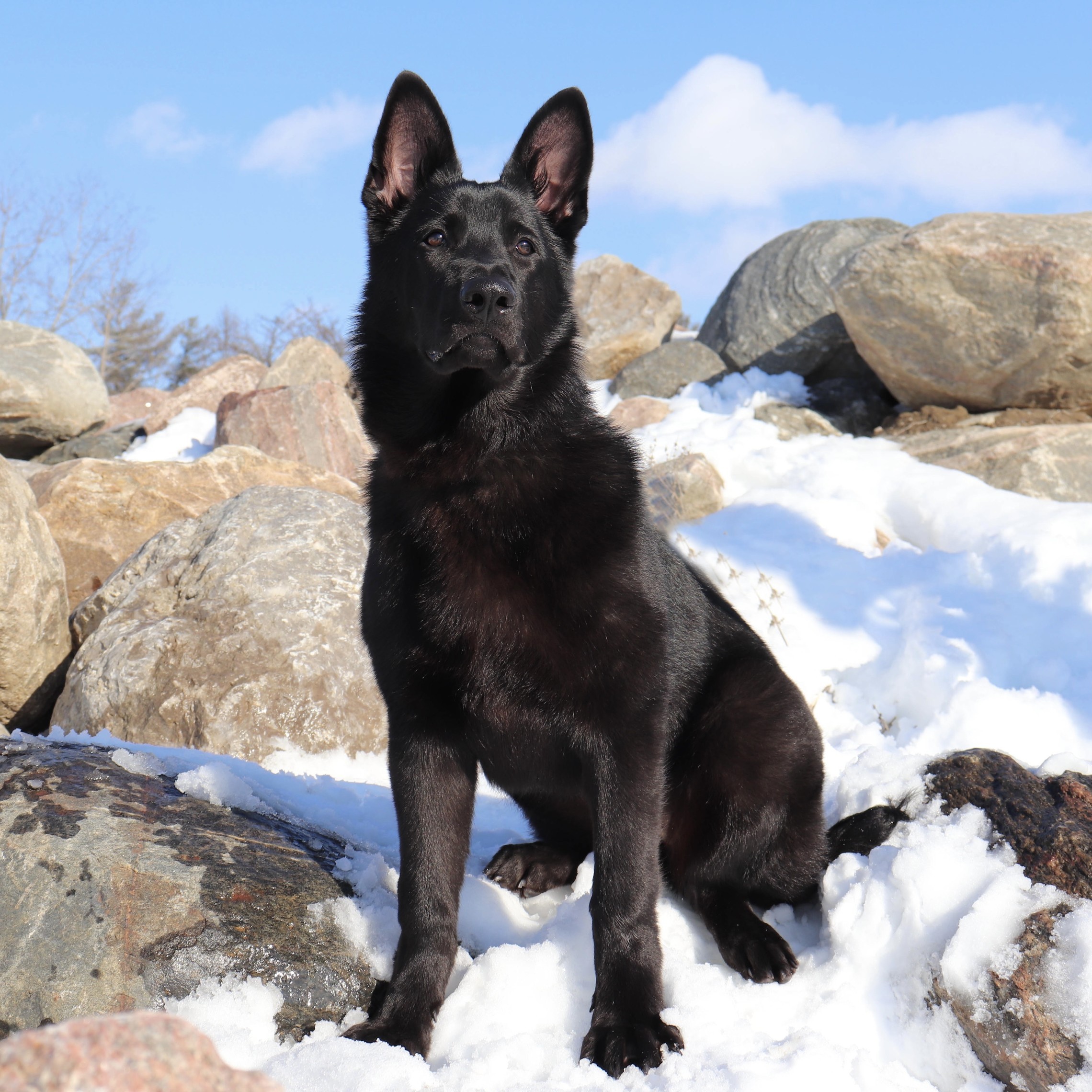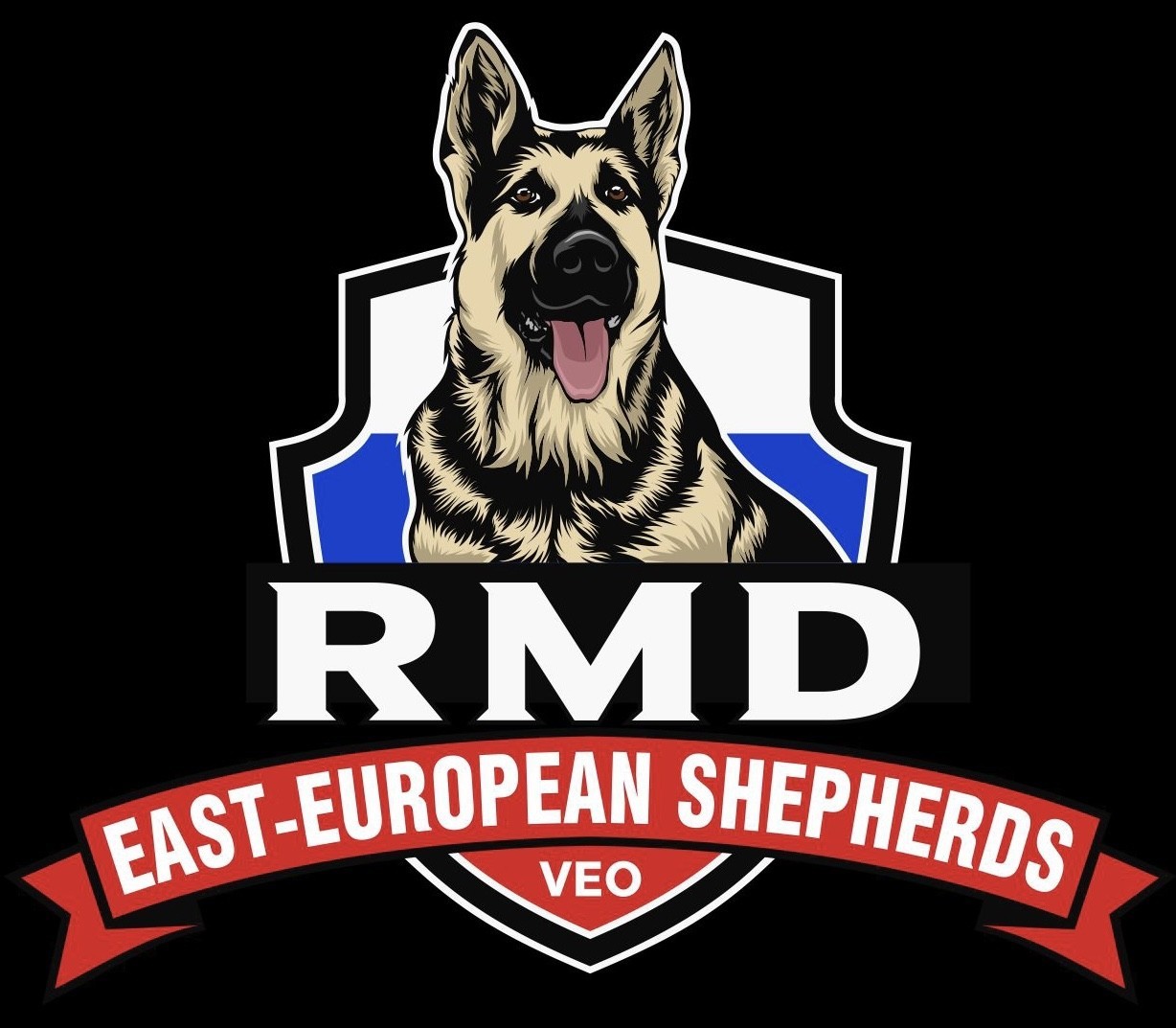About East-European Shepherds (VEO)

East-European Shepherds are also known as VEO (Vostochno Evropeiskaya Ovcharka).
History
In the early 20th century, when the Soviet military first started using German Shepherds, they discovered these dogs could not operate or would even die in extremely cold parts of the country. The VEO breeding program began in Belarus with the goal of adapting the German Shepherd breed to extremely cold winters. This was a state sponsored breeding effort led by the Soviet military. Eventually, these dogs spread to other parts of the Soviet Union.
The East-European Shepherd was created between 1930-1950s by crossbreeding German Shepherds with East Siberian Laikas, Ovcharkas, and others. Laikas are among the most cold tolerant dog breeds. Molosser/Mastiff type dogs were used to add size, power, and protection drive to the breed. The Soviets also needed the VEO to be capable of adapting to hot climates in southern parts of the country.
This breed was primarily developed for military, police, and guard work. They were the Soviet military favourites. Many are used by the Russian ![]() , Ukrainian
, Ukrainian ![]() , and Belarusian
, and Belarusian ![]() militaries and police today.
militaries and police today.
Good working line German Shepherds and Malinois might be better for duties requiring a smaller dog that can be carried by a human, but when it comes to guard, personal protection, and border patrol work, the VEO is second to none.
While these dogs are popular in former Soviet countries, they are very rare outside of Eastern Europe.
The East-European Shepherd breed is fully recognized by RKF, UKU, BCU, Continental Kennel Club (CKC), and many others. Unfortunately, because these dogs are extremely rare in North America, they are yet to be recognized by the CKC (Canadian Kennel Club ![]() ) or AKC (American Kennel Club
) or AKC (American Kennel Club ![]() ).
).

Appearance
Although this amazing breed of dog looks similar to its cousin, the German Shepherd, it is an entirely different breed with very different physical and psychological characteristics.
The VEO is significantly larger and more muscular than the German Shepherd.
On average, males weigh 77-132 lbs (35-60 kg) and are 26-30 inches (66-76 cm) at the shoulder.
Females are typically 66-110 lbs (30-50 kg) and 24-28 inches (61-71 cm) at the shoulder.
These dogs are usually black and tan/silver, solid black, or sable in colour. They have a medium length coat that is exceptionally thick due to a well-developed undercoat. Being taller than the German Shepherd, along with their large webbed paws, makes walking in the snow easier.
Health
While all dog breeds have some health issues, the East-European Shepherd is overall a healthy breed.
They were bred to have toplines (backs) with little angulation. This has led to fewer hip and elbow problems, which are common in German Shepherds. Although all large dog breeds have some issues with hips and elbows, German Shepherds are especially known for these problems. This is largely since many German Shepherds today have extremely angulated toplines and/or roached backs (an arch or curve in the vertebrae). These problems are especially common in German and American show lines. Over angulation and roached backs also cripple a dog’s ability to do vigorous activity or work for any length of time. These facts do not apply to good DDR and Czech working line German Shepherds, since they also have good toplines and spines like the VEO.
It is important to know that the VEO breed standard's primary goal is to improve the breed's working abilities. It does not cripple the dog's performance and health for success in the show ring, like some other dog breed standards do.

Temperament and Socialization
The East-European Shepherd's playful nature makes them a fun family companion. They are very affectionate and loyal to family members.
These dogs are alert, courageous, determined, and tough. They are very protective of their family and property. Many owners compare their temperament to that of a Doberman.
Like other working dog breeds, the VEO scores low when it comes to getting along with other dogs, pets, and small children in the household. Early socialization is a must.
Training
East-European Shepherds are very intelligent dogs. They are highly trainable, but need firm handling from a strong leader/owner.
Obedience training is important. It does not take most people long to learn the basics from a competent "working/sport dog" trainer. Positive reinforcement “only” training does not work with many working dogs. A combination of positive and negative reinforcement is needed.

Exercise and Grooming
VEOs are an active breed that require exercise and mental stimulation. They do best when living on a property with a large fenced-in yard where they can run and play. These dogs do surprisingly well in homes, as long as they are getting their daily exercise outdoors. They are usually calm indoors and are not normally destructive.
East-European Shepherds are a low-maintenance breed. Their coats are unlikely to become matted or unkept. They shed lightly all year round, but more heavily twice a year when the seasons change. During times of heavier shedding, brushing once or twice a week significantly reduces the amount of fur throughout the home.
RMD East-European Shepherds always welcomes questions about our dogs, their puppies, or the VEO in general. 😊
